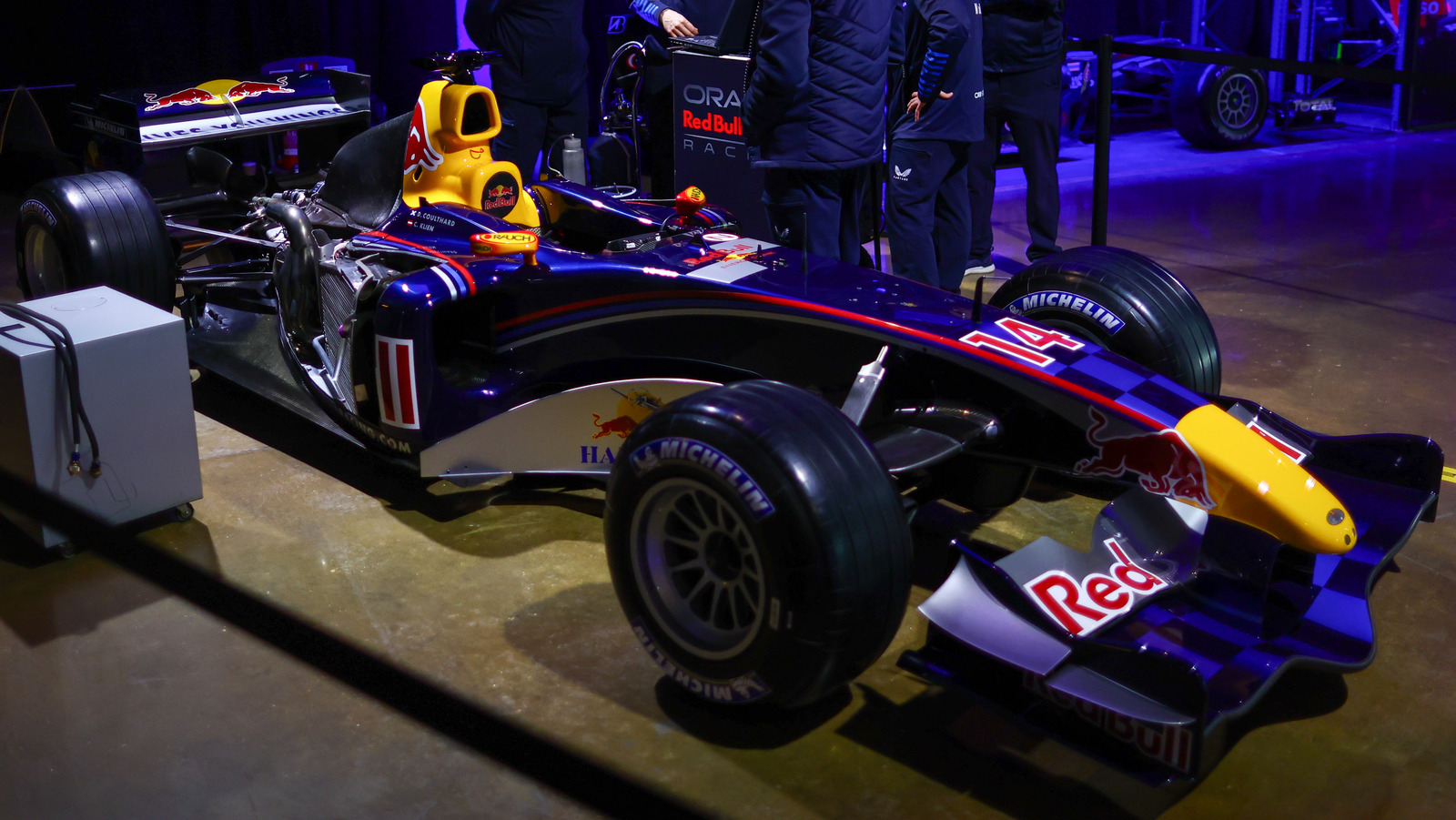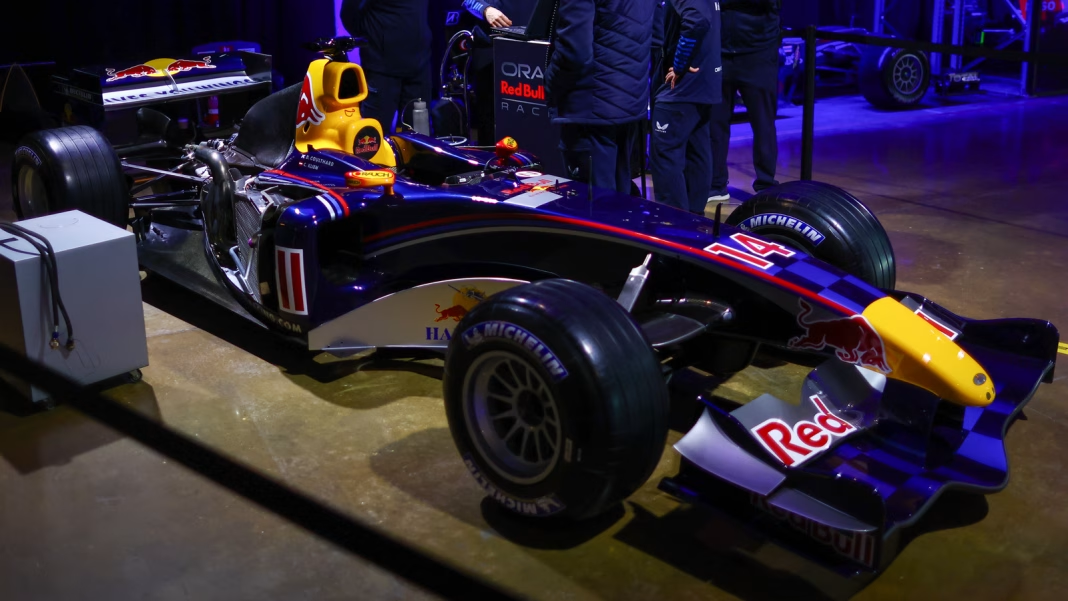What Really Happens to F1 Cars After the Season Ends?
Ever wondered where those lightning-fast Formula 1 cars go once the checkered flag falls on the final race? You’re not alone. These machines are the pinnacle of racing technology, but you can’t exactly take one for a spin around the block. So, what’s their fate after a season of high-octane glory?
Why Can’t You Just Buy an Old F1 Car and Drive It?
Let’s get this out of the way: owning a used F1 car is nothing like buying a classic Mustang. For starters, these cars are built for one thing—winning races at the absolute edge of what’s mechanically possible. They’re finicky, require a small army of engineers to run, and can’t even start without specialized equipment. Plus, the engines are so highly strung that they need to be rebuilt after just a few hours of use. Not exactly commuter-friendly.
Where Do Retired F1 Cars Actually Go?
Once the season wraps, teams face a fork in the road. Some cars are dismantled for parts, their valuable components repurposed for next year’s design or sold to collectors and museums. Others are preserved almost exactly as they finished their last race, destined for team archives or private collections. Occasionally, you’ll see one at a motorsport festival or charity event, but those appearances are rare—and usually involve a detuned engine or special modifications for safety.
Do Teams Ever Reuse Old Cars?
Absolutely, but not in the way you might think. While the chassis itself might not race again, many parts—think suspension components, electronics, or even gearboxes—are recycled into development programs or used as test beds for new ideas. In some cases, teams use last year’s car for demonstration runs or to give young drivers a taste of F1 machinery without risking the current model. It’s a smart way to squeeze every ounce of value from these expensive assets.
What About F1 Cars in Museums and Private Collections?
A fair number of retired F1 cars end up as showpieces. Museums like the Petersen Automotive Museum in Los Angeles or the Ferrari Museum in Maranello display these cars to celebrate racing heritage and inspire future engineers. Private collectors, often with deep pockets and a serious love for motorsport, sometimes acquire these cars at auction. According to a 2023 report by RM Sotheby’s, top-tier F1 cars can fetch anywhere from $1 million to over $10 million, depending on their history and provenance. But even then, driving one is a logistical nightmare—most owners keep them as static displays.
Are There Any Surprising Second Lives for F1 Cars?
Here’s where things get interesting. Some F1 cars are converted for use in lower-tier racing series, though this is rare due to strict regulations. Others are used for promotional events, TV commercials, or even as high-tech simulators for driver training. In one memorable case, a retired McLaren was transformed into a unique art installation, blending engineering and creativity in a way only F1 could inspire.
How Do Teams Decide Which Cars to Keep or Scrap?
It’s a mix of sentiment, strategy, and storage space. Iconic cars—think championship winners or those with historic significance—are almost always preserved. Others, especially those that didn’t perform well, are more likely to be cannibalized for parts or quietly scrapped. Teams also have to consider intellectual property; sometimes, cars are destroyed to prevent rivals from reverse-engineering their secrets.
What’s the Environmental Impact of Retiring F1 Cars?
Formula 1 has been under increasing pressure to address sustainability, and that extends to what happens after a car’s racing days are over. Teams are now more likely to recycle materials, repurpose components, and minimize waste. The FIA, F1’s governing body, has set ambitious targets for carbon neutrality, and part of that involves responsible end-of-life practices for these complex machines.
The Big Takeaway
F1 cars aren’t just retired—they’re repurposed, revered, and sometimes reborn in the most unexpected ways. The big takeaway? The end of a racing season isn’t about saying goodbye to these engineering marvels—it’s about finding smarter, more creative ways to give them a second act. Start looking for those hidden stories behind the cars on display, and you’ll see Formula 1 in a whole new light.


